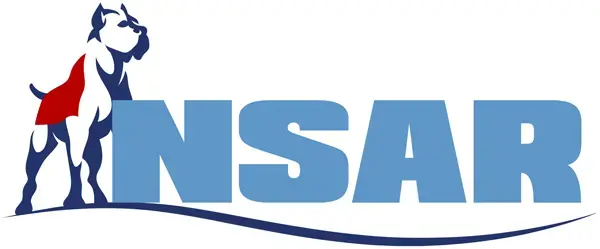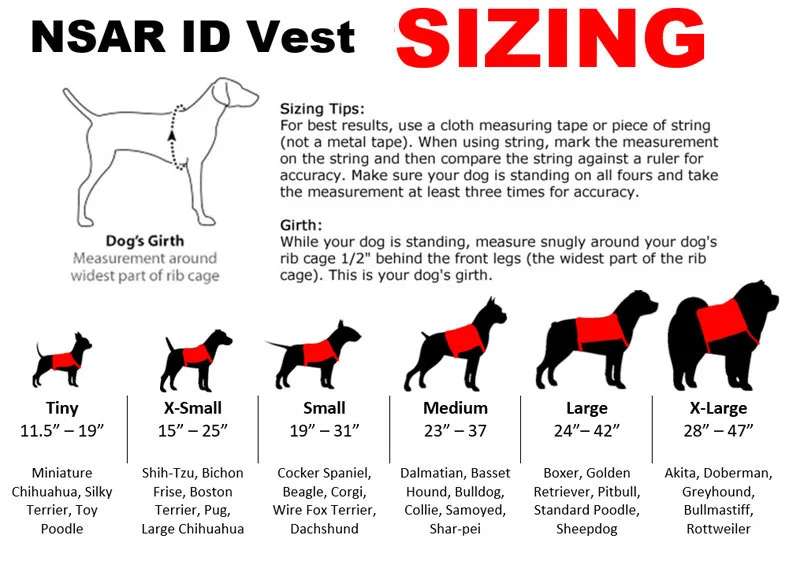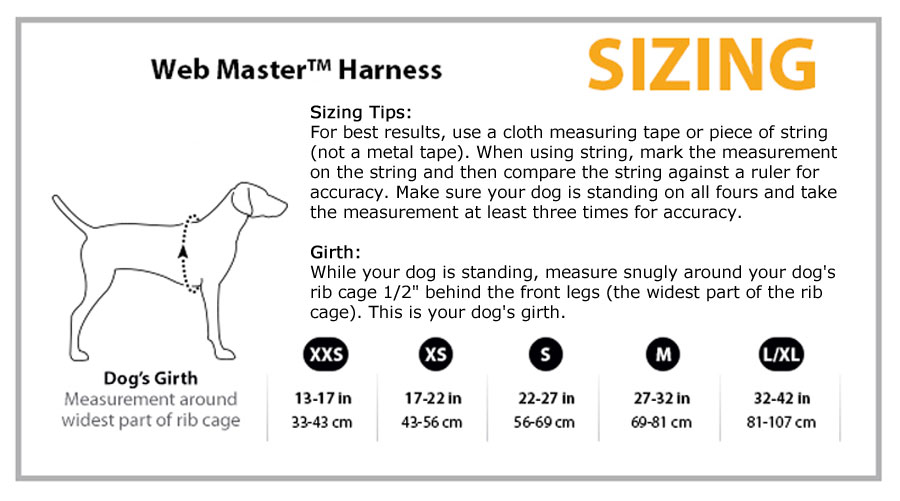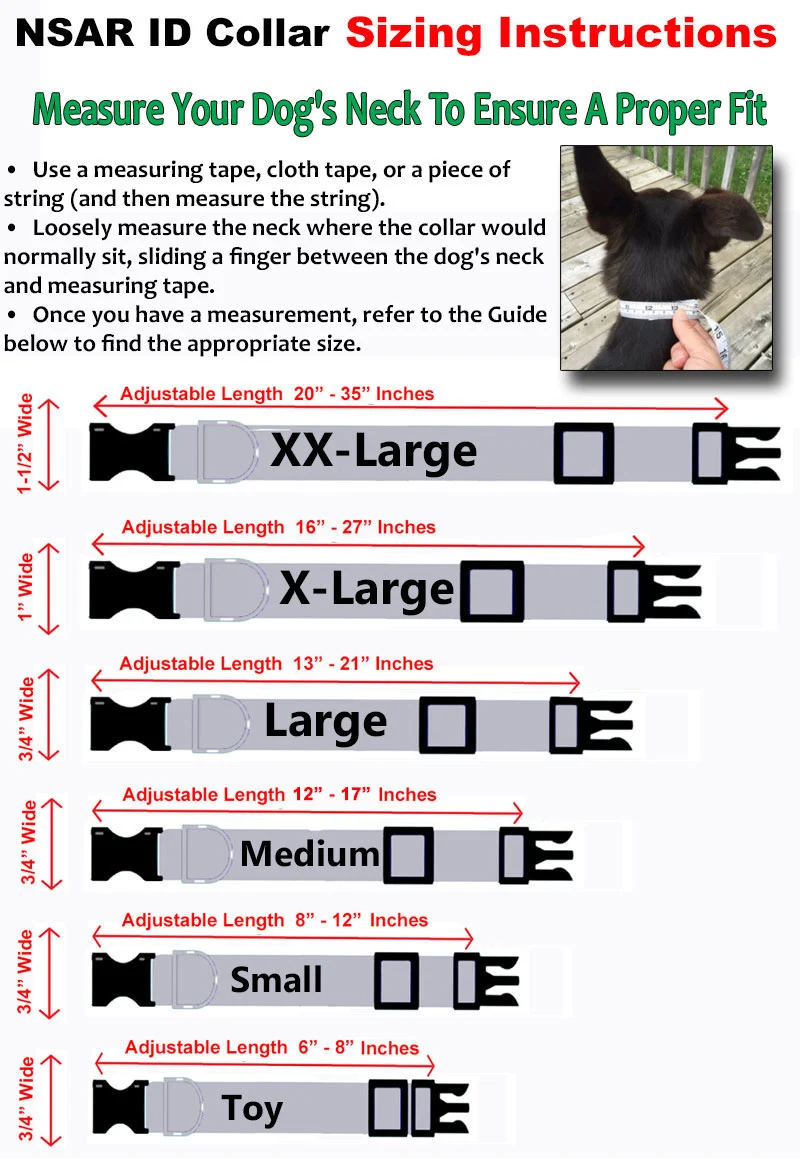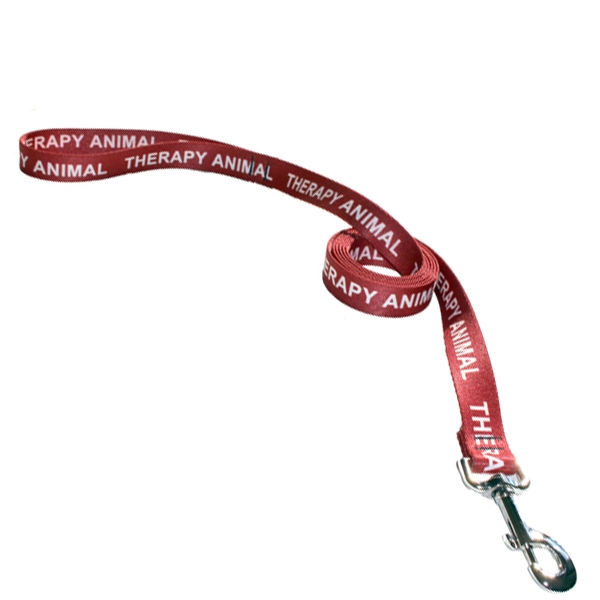
Choosing the right veterinarian to care for your service dog or emotional support animal can be challenging. It’s important to make sure they get the very best care available and enjoy the best possible quality of life. If you have a choice of animal hospitals (also called surgeries, clinics, and practices, depending on where you’re from), it requires a little care to decide which to use.
There are many factors to consider. It’s important to find a veterinarian who connects well with your service dog or emotional support animal. You’ll also want to evaluate who provides quality services and facilities at a cost you can afford (and in a location you can get to easily). In addition, you’ll need someone you feel comfortable with and who shares your views about animal-care.
We’ll share an overview of the important issues you should consider when choosing a veterinarian, and we’ll provide information about how to get recommendations, when to start the search, the factors you should think about, and the all practicalities you ought to consider. Our goal is to give you all the information you need to make the best choice for your service dog or emotional support dog.
Ask for Recommendations
One of the best ways to find a great veterinarian in your area is to ask for recommendations from friends, family, and people who work with animals locally, such as your trainer, groomer or breeder, a local boarding kennel employee, or pet sitter. It’s important to find people who share your attitudes towards animals, and who have the same sort of animal, as different pets have different needs.
If you are moving to a new area, ask your current veterinarian for a recommendation, and/or check with local area veterinary medical associations for a list of active members.
Check the Websites of Local Animal Hospitals, Clinics and Practices
A slick website does not necessarily mean the clinic or veterinarian is highly rated. Conversely, it’s also possible for an excellent veterinarian to have a terrible website (or none at all). It’s useful to check online for some of the practical aspects of your search, however. Most websites should offer important details, such as hours of operation, so you’ll know if the clinic is open during times that are convenient for you.
You should also be able to see the location of the practice and if parking or public transport is available. It’s more convenient if you can find a good veterinarian who is geographically close to you, since it will be much easier if you have an emergency and need to see them quickly. Proximity isn’t the most important factor, however. You might decide that it’s better to travel farther for someone who has a better reputation or a particular specialty.
Sometimes, you can even see see how many employees work at a specific practice, along with their qualifications. Good veterinarians will engage in continuing education, and you can also look for details of internships or residencies. The abbreviation ABVP indicates that they have completed 2-4 years of rigorous additional study following graduation that is certified by the American Board of Veterinary Practitioners. You can also check the website to see if the animal hospital has American Animal Hospital Accreditation.
American Animal Hospital Accreditation (AAHA)
In many states, it is not a legal requirement for animal hospitals to be externally assessed or accredited. In fact, only 12% of animal hospitals in the USA are accredited. While it is important to remember that there are many good animal hospitals in the USA that don’t have American Animal Hospital Accreditation (AAHA), this accreditation indicates that a clinic has been determined to consistently deliver care that is both safe and of the highest quality.
During the process of accreditation, the animal hospital completes an evaluation of services and equipment. A consultant then evaluates the hospital to check that it is meeting the 900+ standards required by the AAHA. The accreditation process is very thorough and includes an examination of areas such as surgical procedures, patient care, cleanliness, medical records, and leadership.
Remember, AAHA is a voluntary process and many good animal hospitals have elected to not undergo the process. If you choose a practice with AAHA accreditation, it will add a little peace of mind that they are providing services of the highest quality. If the surgery of your choice does not have AAHA, be sure to ask a few important questions (see below) so you can assess the quality of care yourself.
Don’t Wait Until Your Service Dog or Emotional Support Animal Is Sick
The best time to start looking for the right veterinarian for your service dog or emotional support animal is before you get your animal, or soon after they arrive. If you wait until they are sick, you might be under pressure to choose a veterinarian based on their availability rather than their reputation, service, or facilities.
Do some research, schedule a meeting and prepare a checklist of questions (see below) so you can get to know your veterinarian and assess whether you think the partnership will work when there is no emergency.
Meet Your Veterinarian
It’s a good idea to take your pet along to meet the veterinarian (if you can arrange a very short meeting) and see how they connect. Remember, your service dog or emotional support animal might feel stress at being in an unfamiliar environment and act accordingly, but a good veterinarian should be assertive, soothing, and able to calm him/her.
Although you’ll want to make sure your service dog or emotional support animal connects well with your veterinarian, it’s also important that the vet is good with people. In the future, you’ll likely have to follow instructions to take care of your pet after a procedure, so it’s important that you feel well informed, confident about their communication skills, and comfortable asking questions.
During your meeting, ask your potential veterinarian about their philosophy regarding animal health-care to make sure it makes sense to you. Briefly discuss key topics like attitudes toward spaying/neutering, planning for possible chronic disease, and even pet euthanasia. If you’re going to have an effective partnership with your veterinarian, it’s important to make sure you have reasonably similar views from the start. Your service dog or emotional support animal’s quality of life should be the most important issue for your veterinarian, as well as you.
Meet the Staff
It is equally important that you feel comfortable with the other staff at the surgery. During your visit take the time to meet the receptionists and any available technicians who may work there. If you have to telephone for appointments or information, you will speak to desk staff, so make sure they are approachable and knowledgeable. If your service dog or emotional support animal has surgery or spends time in the animal hospital for another reason, they will probably be cared for by the technicians, so take the opportunity to form an opinion of how competent and caring they seem.
Take A Tour of the Facilities
Take a close look at the facilities; the condition and cleanliness of the clinic can tell you a little about how they care about the work environment. A good animal hospital will be happy for you to take a tour and should show you all the facilities, unless there is a procedure taking place.
Try not to be put-off if the hospital seems busy with people and pets moving through the waiting area. A busy animal hospital typically indicates it is a popular one, so this is can be a positive sign.
Even if it’s busy, the clinic should be uncluttered, well-organized, and clean. It’s particularly important that you have a quick look at the areas where animals are treated, if possible. Trust your instincts. Would you feel happy leaving your service dog or emotional support animal here?
Don’t be afraid to ask for a quick tour. Aside from opening the facility to a quick view, a tour is also a great way to see what services are offered by the clinic, and reasons why you might need to be referred elsewhere.
Before you take a tour, think about the questions you would like to ask:
- How long do you normally have to wait for a routine appointment?
- Can you request an appointment with a specific veterinarian?
- Is there an email or online system for booking appointments?
- What is the telephone policy? Can you get advice over the phone and/or arrange for a veterinarian to call you back?
- What happens in an emergency? Can you be seen immediately if your service dog or emotional support animal has a crisis requiring veterinarian attention? If it’s outside of office hours, will you be sent elsewhere? Will they even answer the phone?
- If your service dog or emotional support animal needs to see a specialist, who will you be referred to? Will they be able to refer you to a board-certified specialist?
- Is there a veterinarian on-site who specializes in dentistry?
- What happens if your pet needs an MRI, x-ray, or ultrasound? Can these be performed in-house, or will you be referred elsewhere?
- Is blood-work performed on-site? What about other diagnostic tests? Are lab tests done in-house?
- If an overnight stay is required, are staff present 24/7 to monitor the animals?
Costs
The costs of veterinarians vary considerably, depending on location, facilities, and overhead, so it’s a good to get an idea about typical charges for routine procedures and compare with other clinics before you commit. It’s also a good idea to ask about payment methods, and if the costs can be split as many procedures can end up being very expensive.
If your service dog or emotional support animal needs to undergo a procedure or treatment, ask for a quote and make sure you ask for a breakdown of exactly what is included. Ask specifically if there are any additional costs you are likely to incur, such as for followups after the procedure. If you are in doubt about whether a procedure is necessary, remember you are within your rights to ask for a second opinion.
10 Tips for Choosing the Perfect Veterinarian
There are a lot of factors to consider when choosing a the right veterinarian. To make it easier for you, here is a summary of our top ten tips.
- Recommendations – Ask people who share your attitudes to animals for recommendations. As well as friends and family, ask people who work with animals locally such as people who work in kennels, groomers, trainers and breeders.
- Practicalities – Will you be able to get to the practice easily? Consider the location, parking, public transport, opening hours and how long it usually takes to get an appointment.
- The Veterinarian – Are you happy that the veterinarian is the right person to take care of your service dog or emotional support animal? What qualifications do they have? Do they connect well with animals in general and your pet in particular? Do they have good communication skills? Do you feel at ease asking them questions?
- Other Staff – Do you feel confident in the other staff members at the practice? What qualifications do they have? Do they seem caring, competent and knowledgeable about the animals? Are they approachable?
- Facilities – Are the facilities at the surgery clean, well organized and up-to-date?
- Accreditation – Is the animal hospital accredited by the AAHA?
- Services – Does the clinic offer a broad range of services? Do they have in-house facilities for most procedures or will you be referred elsewhere?
- Specialists – Can the veterinarian refer you to a board-certified specialist if necessary?
- Emergencies – Can you see your veterinarian easily in case of emergency? If not, what are the arrangements for referrals to other emergency-care services?
- Finance – Are the costs for routine procedures comparable to other surgeries in the region? Does the surgery offer a payment plan?
Final Thoughts
Remember, it’s much better to start looking for the right veterinarian for your service dog or emotional support animal before they are sick or experiencing an emerging crisis. Request a tour of the animal hospital, meet the staff and ask as many questions as you need to assess whether the service is right for you. Keeping these factors in mind should help you find the perfect veterinarian for you and your service dog or emotional support animal.
